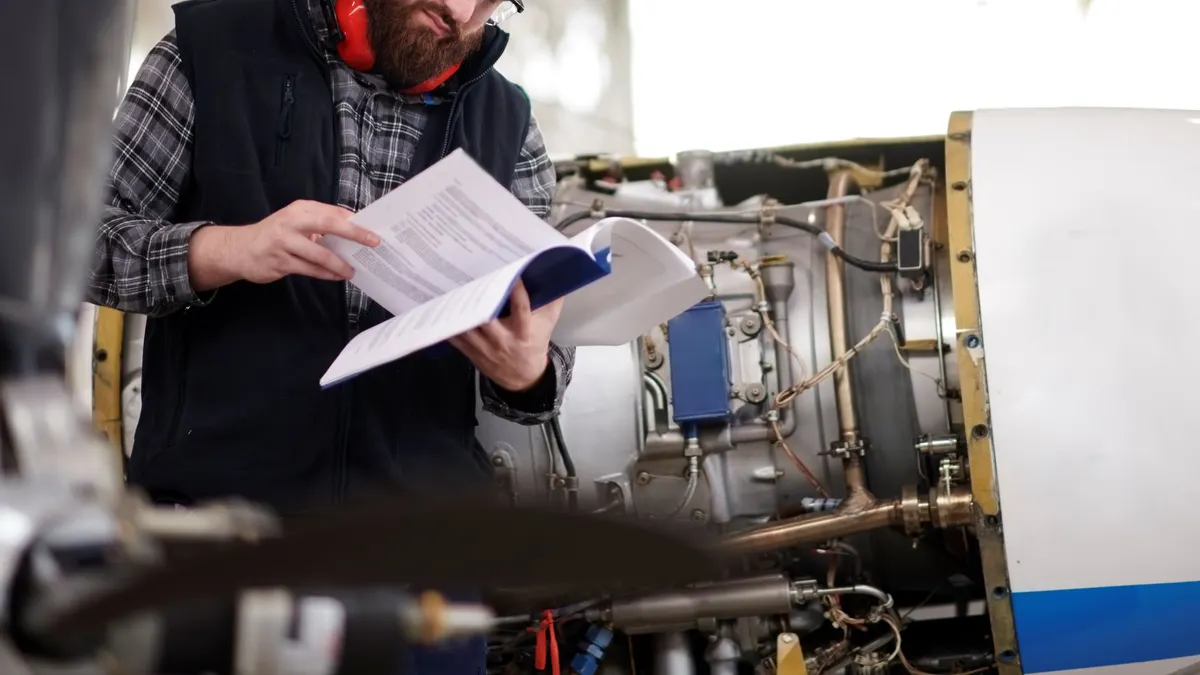On February 26, Cedric Ford ignored a protection order barring him from contacting his girlfriend and wound up killing three people and wounding 14 others before police ended his life.
The three people who died and many of the injured were working at Excel Industries, in Hesston, KS., where Ford also was an employee.
Though workplace murders are a relatively small portion of murders in the U.S., according to the Bureau of Labor Statistics’ (BLS) most recent data, 9% of people who died at work in 2013 were homicide victims. That translates to 397 lives lost.
Doug Parisi, a 20-year law enforcement veteran and director of training for SafeDefend, a security firm in Gardner, Kansas, says most facilities and HR leaders address weather-related or fire emergency training based on regulations and past incidents. The likelihood of an active shooter situation is low enough that most HR departments focus on other types of emergencies instead.
Other departments deal with the unthinkable by training employees to follow a run/hide/fight strategy, installing panic alarms to notify police, and adding radio protocols in an attempt to notify employees. The problem with all of these strategies, Parisi says, is that they are time-dependent and lack accurate, real-time information.
“Unfortunately, from past incidents we have learned that the overwhelming likelihood is that the perpetrator is a current or former employee,” he says. “This means that there is extensive knowledge of the facilities and safety precautions. Generally large buildings, typically spread across an expansive complex, hinder quick communications.”
Parisi adds that there is a push to reinforce perimeter security, provide controlled access with key cards, and provide camera security. While it’s all an acceptable layer of security, it misses the main threat.
Information in real-time can save lives
Since 95% of active shooters in businesses tend to be current or former employees, and the other 5% are usually involved in a relationship with a worker, most perpetrators know the vulnerabilities and plan around them, according to the FBI. So the employees who could become victims need information fast.
“Using accurate location and instant notification, any building can be quickly evacuated, removing potential victims from the perpetrator,” Parisi says. “We know the sooner law enforcement arrives the quicker the event ends. Reducing notification time to first responders saves lives.”
Parisi explains that SafeDefend’s prime effectiveness is based on a comprehensive approach. The company provides training, notification to employees and police, and tools to help respond to an active shooter event.
“It’s all based on what’s been learned over the past quarter century for best practices in responding to a mass casualty event,” he says.
The SafeDefend platform provides a quickly accessed system that alerts law enforcement, sends texts and emails to police and employees, and activates strobes and sirens. This “redundant” notification is designed to quickly push out information to personnel that might be engrossed in work or unable to communicate due to noise from machinery, according to Parisi.
Parisi says one of the most overlooked aspects of active shooter preparedness is the trauma response.
SafeDefend provides easy-to-master tools based on military combat life support training, which can save lives while the incident is developing by allowing employees to help stop bleeding and allow time for EMS to respond. In most situations, the first responders are either tied up locating the attacker or are overwhelmed by the sheer number of casualties. Basic trauma response can provide the needed time for professional help to arrive.
Getting away is the main priority
Most of all, Parisi says, the SafeDefend employee instructions focus on three principles: getting away from the threat, preventing the threat from engaging you, and protecting yourself if the situation dictates this action.
The difference is that once the system is activated, employees also receive detailed, accurate information about the location of the perpetrator –information that can be used to determine whether to run or barricade.
So far, response from business owners and executives has been overwhelmingly positive, Parisi says, though he’s glad it hasn’t had to be deployed in anything other than a drill. The main comment is the SafeDefend system has improved safety in general, apart from delivering a warning effectively and providing alternatives in case an active shooter scenario happens.
“We hope it never has to be deployed in real time,” Parisi says. “But we believe in our system.”



















